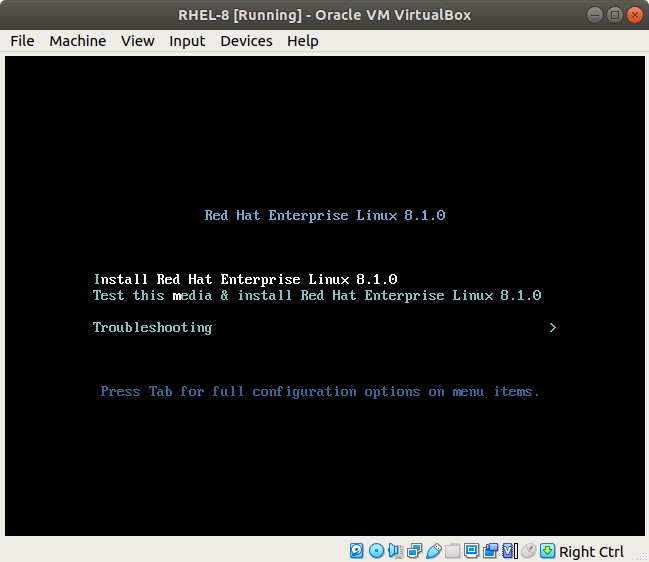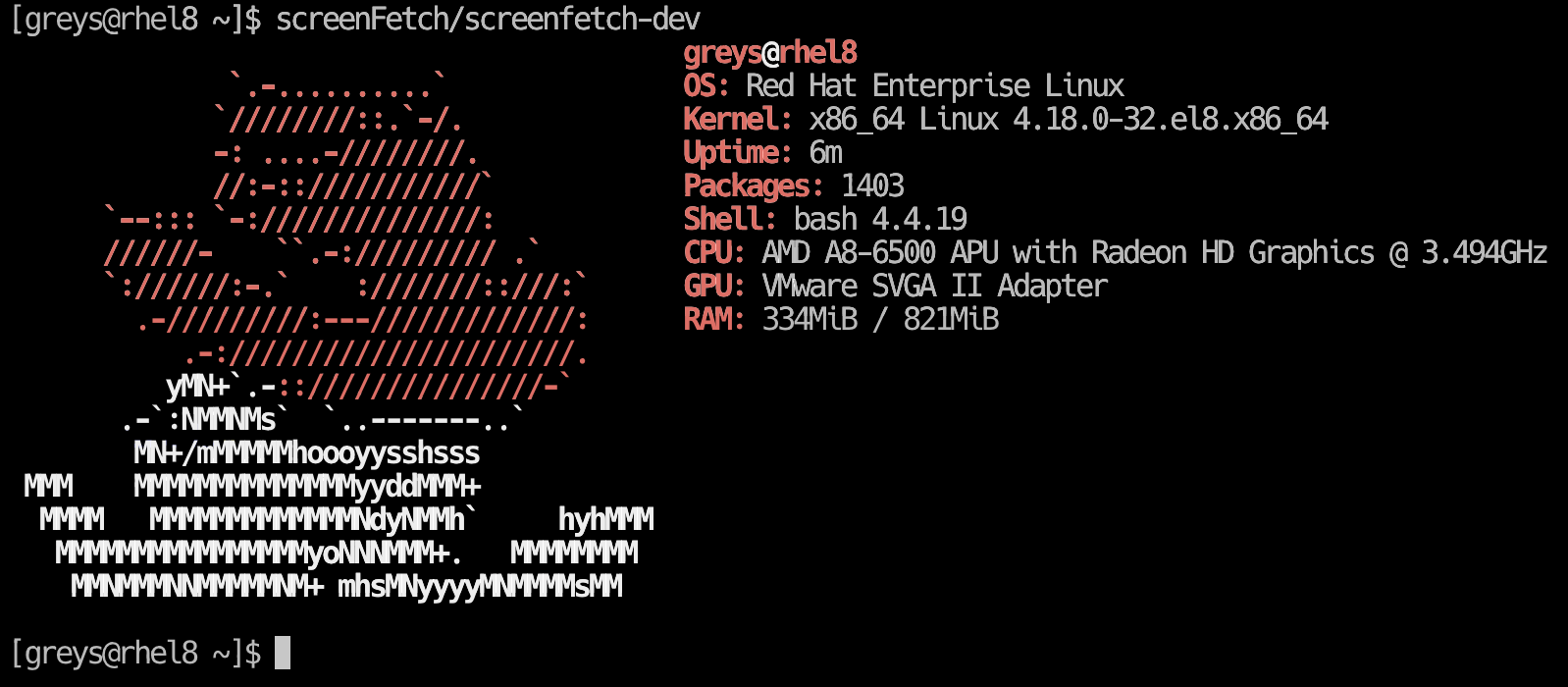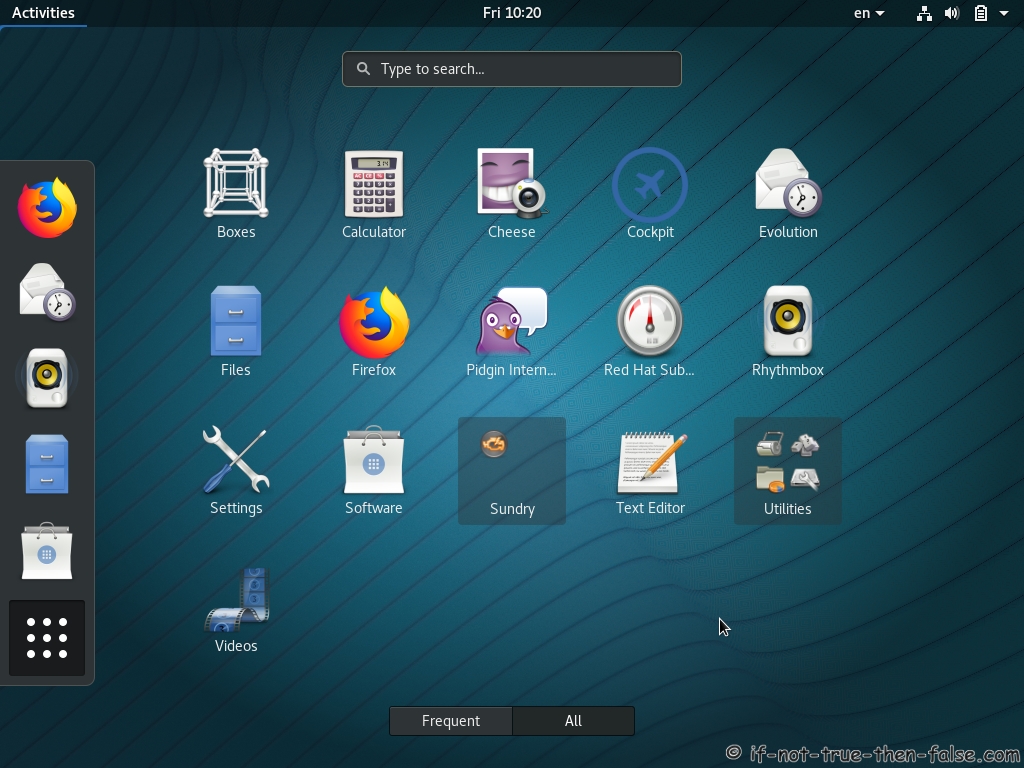

SAP officially announced the support for SAP NetWeaver based applications including SAP Business Suite, on Red Hat Enterprise Linux (RHEL) 8 in production environments on February 27th. SAP and Red Hat have worked jointly to deliver timely support of SAP technology stack on Red Hat’s latest release of Red Hat Enterprise Linux.
#REDHAT LINUX 8 FULL#
For more RHCSA related posts and information, see our full RHCSA 8 study guide.SAP NetWeaver marks the technical foundation for many of the SAP Business Applications.
#REDHAT LINUX 8 SERIES#
This post is part of our Red Hat Certified System Administrator (RHCSA) exam study guide series for Red Hat Enterprise Linux (RHEL) 8. Make sure you practice these examples yourself to get a full understanding on how the commands work, new Linux users often have trouble escaping vi!

#REDHAT LINUX 8 HOW TO#
That’s it, you should now have a basic understanding of how to create and edit text files in RHEL 8 for the RHCSA exam. Combining these into a ‘:wq!’ will save the changes, overwrite the files even if it’s read only if the user account has the privileges and exit vi.įinally we can check that our new file exists and contains the contents expected. You could also use ‘:q!’ to quit without saving the changes. You can of course just use ‘w’ only to save the file without exiting vi. The ‘w’ means write the file, so save it, and the ‘q’ means quit vi. To do this, enter ‘:wq’ as shown down the bottom left corner of the screen. Next we want to save the file and exit vi. Once complete, press the escape key to leave insert mode and go back to command mode. With insert mode activated, we can now edit the text file by typing normally. Insert mode is identified by the – – INSERT – – text down the bottom left corner. To enter text, press ‘i’ to enter insert mode. This is what the vi text editor looks like by default.Īt this point vi is in command mode, you cannot yet start typing.

In the example below we are creating a new file called ‘testing’ in the current working directory (the home directory of ‘user’, as identified by the ‘~’ symbol at the end of the bash shell). If ‘filename’ does not exist, once you save your changes the new file will be created. To edit an existing file, simply enter ‘vi ’ which will open up the file in the vi text editor. Here’s a great game which will help you learn and get better with Vim (vi-improved, basically a newer more modern version of vi). It’s not very beginner friendly unfortunately, so we’ll only be covering the basics of creating and editing text files. In this example we’ll be using the ‘vi’ text editor, as it is always available by default within RHEL – perfect for the RHCSA exam. The GUI may not always be available, for instance if you’re editing a text file through SSH, so it is important to know how to create and edit text files through the command line interface (CLI). Once opened, you’ll have access to a standard text editor where you can write content and then choose where to save the file. Note that this process may differ depending on what display manager your installation is using, this example was done with a fresh default installation of RHEL 8. Select the icon towards the bottom from the bar on the left, allowing you to see more applications.Click “Activities” towards the top left hand corner of the screen.If your installation of Red Hat Enterprise Linux (RHEL) 8 comes with the graphical user interface (GUI) installed, the default, you can open the text editor by following these steps:

In these examples we will cover the Red Hat Certified System Administrator (RHCSA) objective “Create and edit text files”, both through the graphical user interface and command line. Being able to create and edit text files in Red Hat Enterprise Linux (RHEL) 8 is a simple yet important task.


 0 kommentar(er)
0 kommentar(er)
